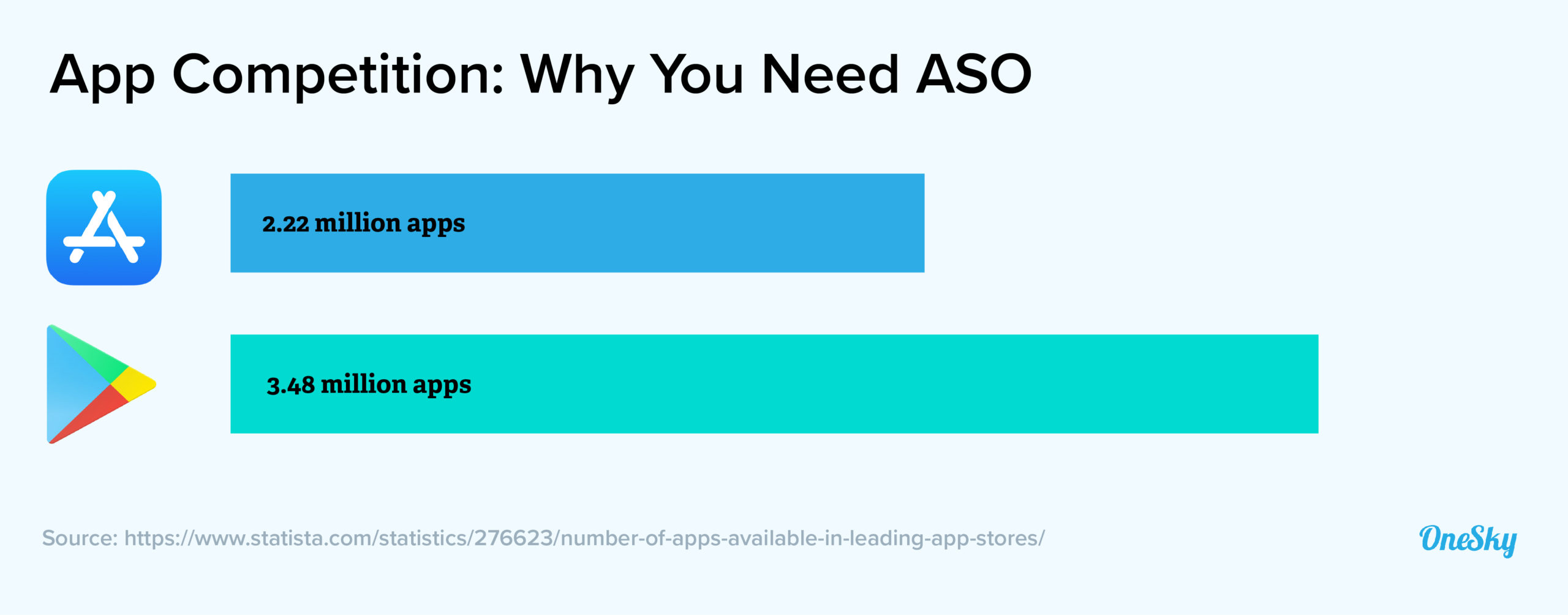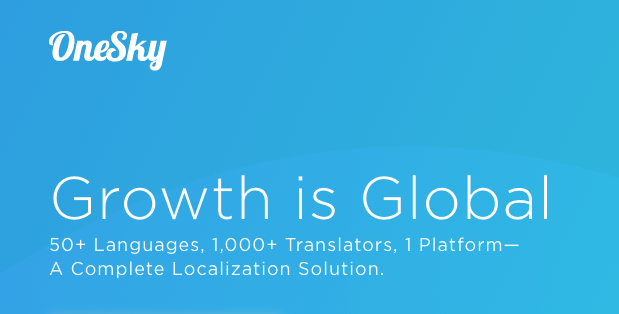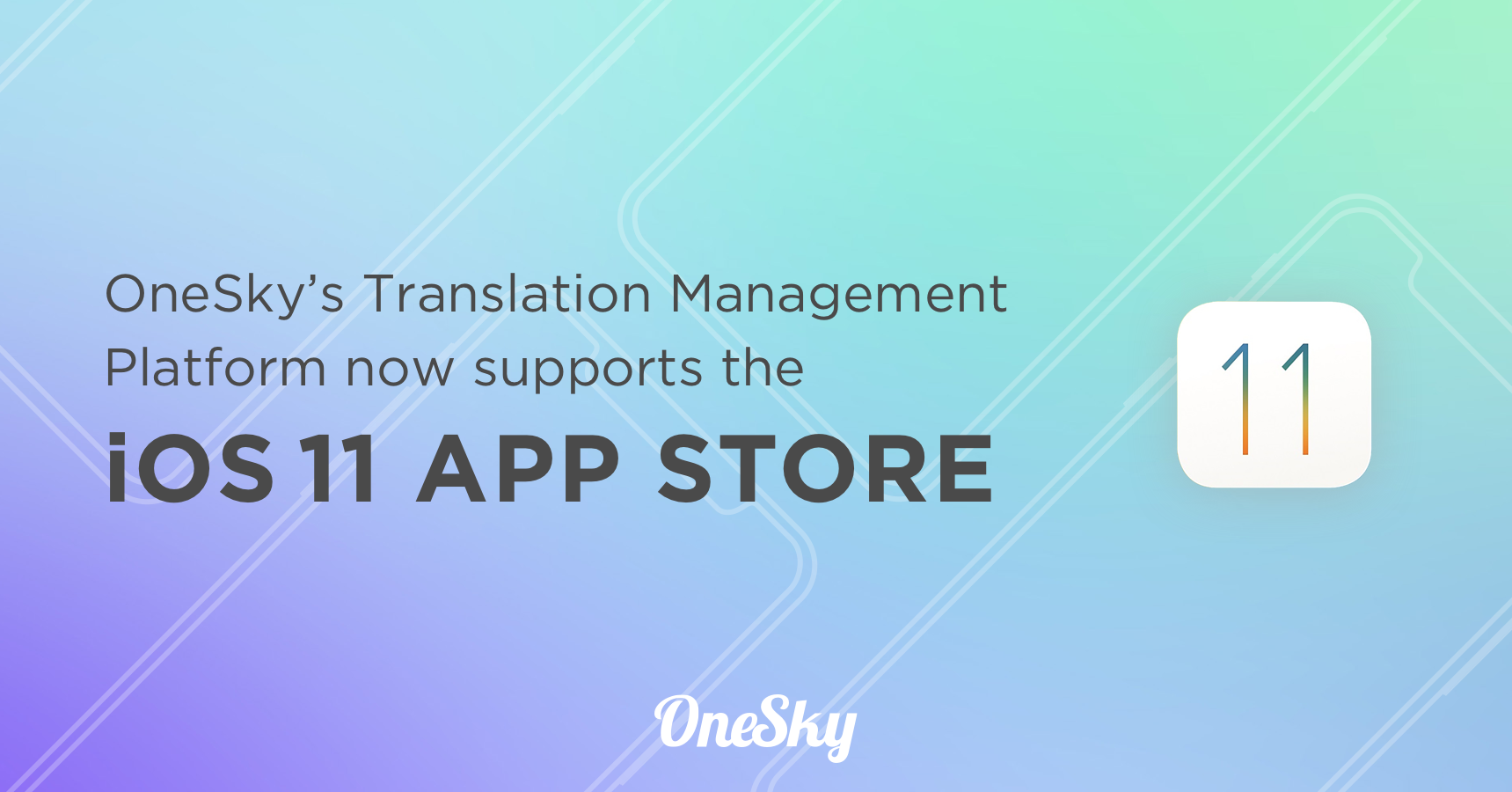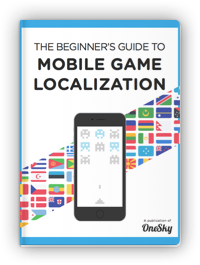App Store Optimization Tips for Localized iOS and Android Apps
When you upload your app to the App Store or the Google Play Store, you have the opportunity to reach an international audience. This is why app localization offers such a good return on investment.
However, few people are going to discover and download your localized app if the listing doesn’t match. Your product won’t even appear in search results if users are searching in a different language.
To ensure your listing gets the maximum possible exposure in every market, it is essential to perform app store optimization (ASO).
Want to know how to make your localized app more visible? In this guide, we’re going to look at some app store optimization tips that should boost your international launch.
What Is App Store Optimization?
One of the primary ways that smartphone owners find apps to download is through their chosen app store’s search function.
This works by indexing the content and keywords attached to every app listing. When a user searches, the app store algorithms then seek out the most relevant listings for each search term.
Just as you can optimize a web page for search, it is possible to optimize your app listing for the app store search function.
This process is known as app store optimization (ASO). Because of the similarity with optimizing web pages, it’s occasionally referred to as app store SEO (search engine optimization).
In addition to making your app rank higher in search results, effective ASO makes it more likely your app will appear in app store recommendations.
When it comes to localized apps, the process of app store optimization has to include adjustments for different languages, cultures, locations, formats, and so on.
Minimum Viable Localization (MVL)
While full app localization should always be the aim, app store optimization can be regarded as Minimal Viable Localization (MVL). At least by improving your app listings for different regions, people will be able to find your app.
MVL is often a good way to test interest in new markets. If you see an uptick in downloads, you can quickly move to full app localization for that location and language.
Why Is App Store Optimization Important?
According to Statista, the iOS App Store plays host to something just over 2.22 million apps, and the Google Play Store has 3.48 million apps.
That’s a lot of competition.
Even if your app is within a small niche, there is a good chance you won’t be the only player in that space.
While it’s possible to use other forms of marketing to gain an advantage over your competitors, the App Store and Google Play Store are important battlegrounds for apps.
According to research by Google and Ipsos, 48% of users discover new apps by browsing their chosen app store. Another 21% found apps through search engines. ASO can help you reach both of these groups.

9 App Store Optimization Tips for Localized Apps
So, embracing ASO is a good idea. But what does the process involve, and how can you get ahead of your competitors? Here are our top app store localization tips:
1) Localize Your Keywords
Let’s start with the fundamentals. You want to make sure that people who are searching the App Store or Google Play Store can find your app easily. That means you need to optimize your keywords for your target language and location.
Translating your existing keywords is a good start. However, there could be more than one translation for one of your original keywords. The various options may have subtly different meanings, and users might have different expectations based on the keyword they search for.
To make sure you scoop up all the available search interest, you will need to run keyword analysis on your target audience in each market. The data should reveal which local keywords you should be including.
It’s also worth paying attention to the local competition. If you are going up against a well-established app, you may see better results from targeting keywords with lower search volume.
For instance, ranking first for “plyometrics workout” should earn more traffic than ranking 10th for “home fitness.” The same applies to search terms in every language.
Want to see how your competitors are getting on? OneSky’s AppGrader is a small tool that helps you check the localization progress of any app. We also provide an estimate of how many users you can reach with a designated localization plan.
Adding Localized Keywords
Note that on the Google Play Store, you will need to include keywords in the title and description of your app.
On the iOS App Store, there is a dedicated input for keywords. You only have 100 characters to play with for each language, so be concise and choose your keywords wisely.
2) Consider Your App Name Carefully
When it comes to optimizing your app store listing for search, the title of your app is prime real estate.
Take a look at the top charts, and you will notice that many apps have quite long, descriptive titles:
- “Duolingo – Learn Languages Free”
- “HBO Max: Stream TV & Movies”
- “Spotify: Discover new music “
The subtitle gives you another 30 characters to add more keywords — but remember that users won’t see this in charts and lists, so it has less value in terms of selling the app.
3) Optimize Your Icon and Screenshots
While your app icon and screenshots won’t have any bearing on your search ranking, they both play an important role in attracting downloads. A good icon will encourage users to tap on your app, while screenshots will give them a better sense of the features they can expect.
In terms of localized apps, it is important to consider the culture of any market you are entering. Colors and gestures are perceived differently around the world, and users have differing preferences.
When you are designing your app’s logo, take into consideration these cultural differences and try to avoid anything that could be seen as offensive or unlucky.
You can adapt screenshots to each individual region. Make sure any text is translated, and the imagery is suited to the market — no Eiffel Tower in screenshots for Italy!
4) Drive Traffic to Your App Listing
The comparisons between SEO and ASO run deep.
In SEO, one of the best ways to improve your search ranking is by earning backlinks from other websites. The same goes for ASO.
Encourage bloggers in your target markets to review your app in exchange for a link to your listing page. Every extra link will give your page more credit with the search algorithm.
As an added benefit, you will increase awareness of your localized app and potentially see more downloads as a result.
5) Encourage Local Ratings
One thing that is unique to app store search is the effect of ratings and reviews. While a good rating won’t guarantee you top spot in the rankings, both the App Store and the Google Play Store tend to give precedence to highly-acclaimed apps.
When you launch in a new market, encourage users to leave a rating and a review. You can do this through in-app pop-ups; set them to trigger after each user has opened the app several times.
6) Optimize Your In-App Purchases
On the iOS App Store, there is one other way to push your app into the search results: in-app purchases.
These premium upgrades are displayed alongside apps in search results. If you optimize the title of your in-app purchase, you can improve your visibility and target even more keywords.
You have 30 characters for the title, 45 characters for the description, and the option to add a promotional image.
7) Create a Localized Listing for Each Country
When we talk about localization, it’s easy to think only in terms of different languages.
But some languages cover multiple countries and cultures, and local dialects may use completely different vocabulary for the same thing. That could have quite an impact on the best choice of keywords.
So instead of just English, you should think about optimizing your listing for the U.S.A., U.K., Australia and New Zealand, South Africa, Canada, and Singapore. You may be surprised by just how many basic words aren’t shared between these locations.
Other examples include French (France, Canada, West Africa), Spanish (Spain, Mexico, Latin America), and Portuguese (Portugal, Brazil).

8) Pay Attention to Character Limits
App Store descriptions come with a limit of 4,000 characters, while titles and subtitles are restricted to 30 characters each.
When you begin App Store optimization for a new language, it’s worth bearing in mind that your original description might get longer once it has been translated. For example, text translated into Brazilian Portuguese tends to be about 30% longer than the English original.
There are a couple of different ways to get around this problem, without compromising the effectiveness of your description:
- Prioritize the key points– When you submit content, tell your translators which parts are the most important to the consumer, and which parts can be safely trimmed down.
- Ask for backward translation – To check that the trimmed-down version of your app description still does the job, you can ask your translators to put the localized content back into your native language. This will allow you to check that all the key points are still present.
9) Hire Specialist Localization Experts
It is always worth remembering that your App Store listing is just a product page. Every line of the title, subtitle, and description, as well as app screenshots, should be part of a carefully tuned ecommerce sales pitch.
When you come to localize your content, you may need to adapt that pitch to your new audience. The kind of content that works in the United States might not be quite as effective when it is translated directly into Swahili for the east-coast African market, for example.
For this reason, hiring app localization specialists is a must.
In particular, you might want to work with translators who have copywriting skills.
Instead of merely translating your words directly from one language to another, these experts will use their creative skills to adapt your pitch for a different culture. This process is known as transcreation.
OneSky offers both localization and transcreation within an end-to-end workflow, with integrations for both iOS and Android.
Learn More About Launching Internationally
Are you planning to dominate the App Store or take over the Google Play Store? Along with ASO, you will need to think about full app localization.
To help you learn more about this topic, we created a 53-page ebook called The Essential Guide to App Localization. Download it free today to start your journey towards global success!



 Written by -
Written by - 


 Written by
Written by 


